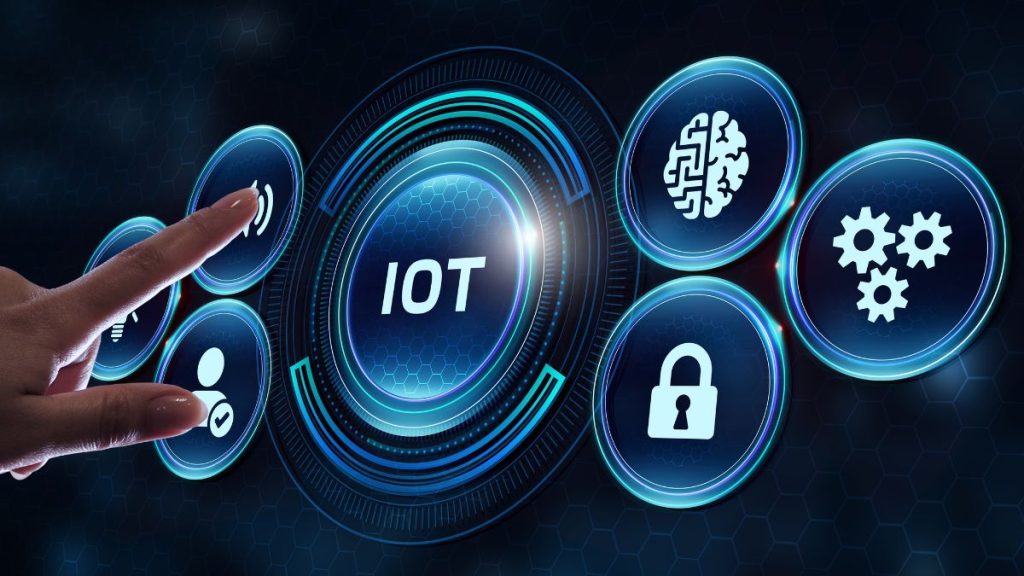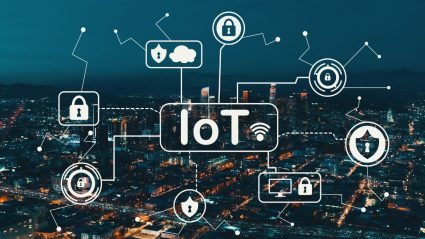The Pros and Cons of the Internet of Things (IoT)

As Internet of Things (IoT) technology continues to evolve, it is important to recognize both the advantages and challenges of the technology in order to ensure we use it responsibly and effectively. This article examines the pros and cons of IoT, including its benefits, challenges, and security concerns.
IoT advantages and benefits
IoT is a rapidly growing technology that is transforming the way we interact with the world around us. Here are some of the main benefits of IoT.
Who are the beneficiaries of IoT?
IoT offers a wide range of benefits to businesses, consumers, and society as a whole.

For businesses, IoT can lead to improved efficiency, cost savings, and better customer experiences. With real-time data from connected devices, businesses can make more informed decisions and automate certain processes. Businesses can leverage Big Data from IoT to improve their products and services by collecting customer feedback and responding quickly to changes in consumer demand.
For consumers, IoT offers convenience and better control over their homes and lives. Smart home devices such as thermostats, lights, and security systems allow users to control their environment from anywhere. Additionally, IoT-enabled appliances and wearables can help customers monitor their health and fitness, giving them greater insight into their own well-being.
On a larger scale, IoT has the potential to make cities and communities smarter and more efficient. Connected sensors can provide valuable data on traffic patterns, pollution levels, and public safety, allowing governments to make more informed decisions and create better policies. This includes the use of spatial data and Big Data. Additionally, smart grid technology enables smarter energy management, helping reduce power outages and improve sustainability.
Challenges of IoT
IoT brings with it a variety of advantages, from increased efficiency and cost savings. But it comes with its share of challenges, including integration and security concerns. Here are some of the main challenges of IoT:
Security issues with IoT
As the number of IoT devices increases, the security threat is becoming a major concern for businesses. Hackers are targeting IoT devices and collecting data from them. This can further be used to exploit systems and steal information.
As IoT devices are not as secure as computers, more and more cyberattacks are being directed toward these devices. The following are some of the ways through which IoT devices can be exploited:
Is the Internet of Things worth it?
IoT is the next step in the evolution of the internet, as IoT expands its capabilities to include everyday objects, appliances, and systems. It is also a driver in many new consumer products. For example, IoT enables smart homes, cars, and industrial equipment.
The key challenge for businesses is to ensure that they can get on board with the IoT trend while also protecting sensitive data, minimizing risks, and integrating security into their IoT initiatives.
On the surface, IoT may seem like an exciting new way to engage with customers and take advantage of new opportunities. From a business perspective, however, there are still many unanswered questions about the best ways for businesses to use this technology within their organizations and gain the most value from it.

Related Big Data
13 IoT Uses And Applications for a Connected World
The Pros and Cons of the Internet of Things (IoT)
How Big Data Can Help Your Business Grow
An Overview of Big Data Careers: Make Big Data Your Career
An Introduction to Apache Hadoop: What Is It and How Can It Help Your Business?
10 Big Data Companies to Watch in 2024
How Big Data and the Internet of Things (IoT) Are Revolutionizing Industries
What Is A Data Mining Specialist and What Does It Do?